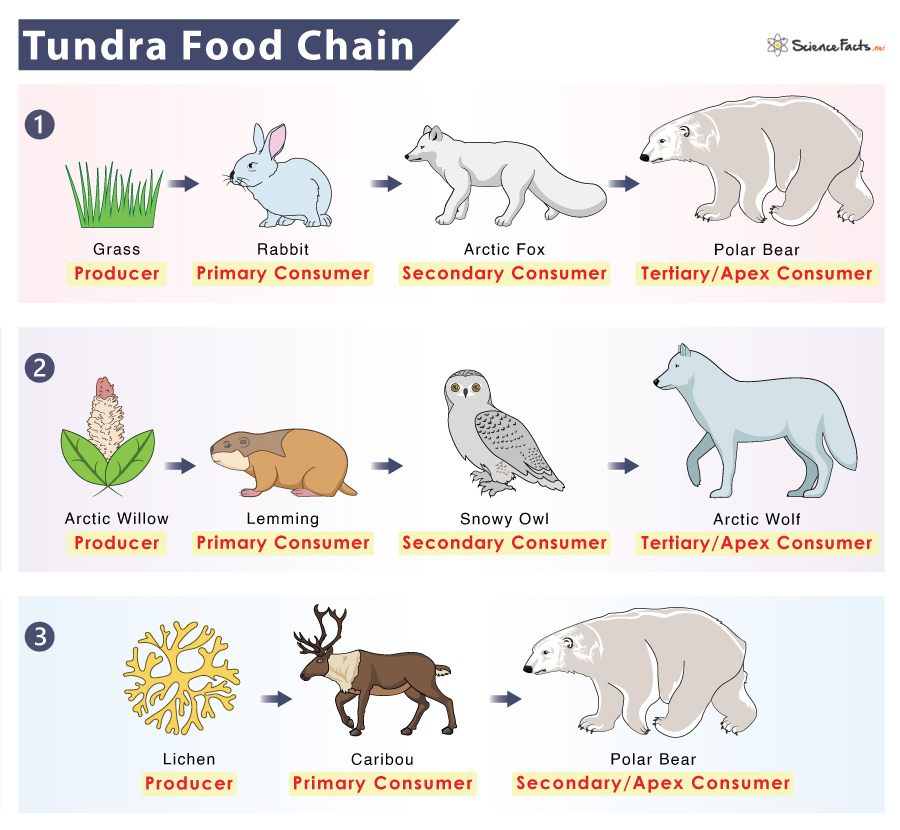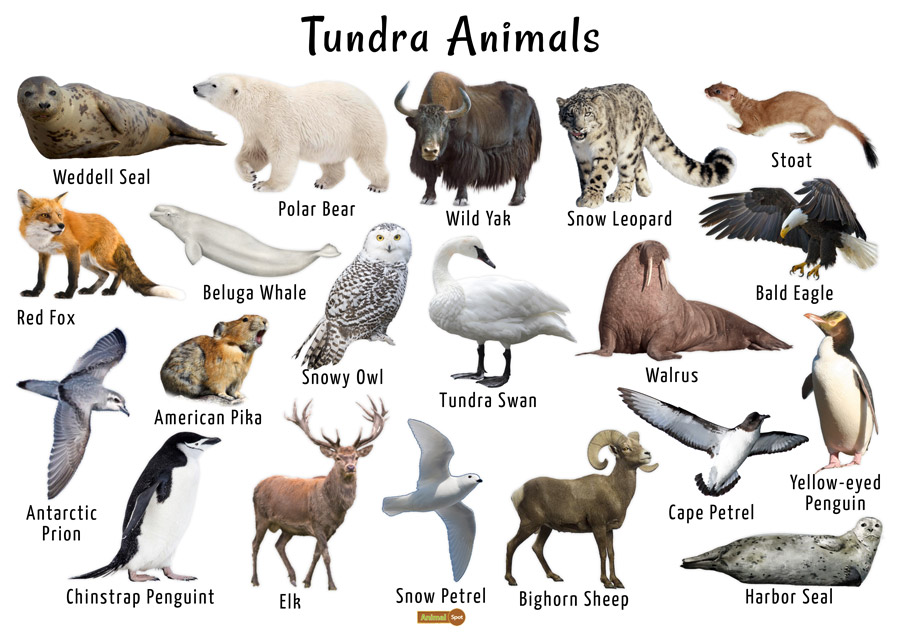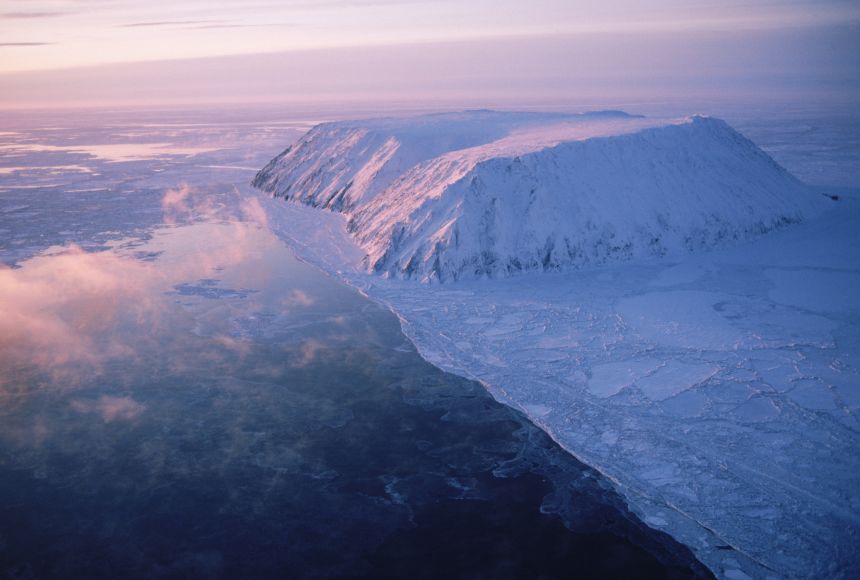Topic ecosystem ocean: Dive into the heart of the ocean ecosystem, a mysterious and vital world beneath the waves, teeming with life and critical to our planet"s health and future.
Table of Content
- What types of aquatic environments are considered ocean ecosystems?
- Importance of Ocean Ecosystems
- Types of Marine Ecosystems
- Marine Biodiversity: Flora and Fauna
- Food Chains and Food Webs in Ocean Ecosystems
- Human Impacts on Ocean Ecosystems
- Conservation Efforts for Ocean Health
- YOUTUBE: Ocean Ecosystems | Aquatic Ecosystems | Exploring Oceans Teaching Oasis
- Climate Change Effects on Oceanic Ecosystems
- Technological Advancements in Ocean Exploration
- Economic Significance of Oceans
- Educational Resources and Further Reading
What types of aquatic environments are considered ocean ecosystems?
In general, ocean ecosystems encompass a wide range of aquatic environments that are found within the world\'s oceans. These environments can be categorized into different types based on their characteristics and location:
- Open ocean: The open ocean refers to the vast and deep expanse of water beyond the coastal areas. It is characterized by high levels of dissolved salt and covers the majority of the ocean\'s surface.
- Deep-sea ocean: The deep-sea ocean comprises the regions of the ocean that lie below the sunlit surface zone. It is characterized by extreme pressure, low temperatures, and darkness. This ecosystem supports unique and often bizarre organisms adapted to the harsh conditions.
- Coastal waters: Coastal waters are the areas where the ocean meets the land. These environments are influenced by both marine and terrestrial processes. They include areas such as estuaries, bays, lagoons, and coastal marshes.
- Shallow and coral reef ecosystems: Shallow marine ecosystems are found in areas with relatively low water depths, such as coral reefs. These areas are characterized by high levels of biodiversity, vibrant coral formations, and a wide variety of fish and other marine organisms.
- Water columns and upwelling zones: The water column is the vertical expanse of water from the surface to the seabed. This ecosystem includes areas with significant water movement, such as upwelling zones where cold, nutrient-rich waters rise from deeper layers, supporting productive marine ecosystems.
These different types of ocean ecosystems each have unique characteristics, species compositions, and ecological processes that contribute to the overall biodiversity and functioning of the marine environment.
READ MORE:
Importance of Ocean Ecosystems
Ocean ecosystems are vital for the health of our planet. They cover over 70% of the Earth"s surface and are essential for regulating climate, supporting biodiversity, and providing resources. Here"s why they"re so important:
- Climate Regulation: Oceans absorb a significant amount of the world"s heat and carbon dioxide, helping to regulate the global climate and mitigate the impacts of climate change.
- Biodiversity: Marine ecosystems are home to a vast array of life, hosting 50-80% of all life on Earth in diverse habitats from coral reefs to deep-sea vents.
- Economic Value: Oceans contribute significantly to the global economy, supporting industries such as fishing, tourism, and shipping. They are also a source of food, energy, and minerals.
- Carbon Sequestration: Marine plants like phytoplankton and marine ecosystems such as mangroves, salt marshes, and seagrasses play a crucial role in capturing carbon dioxide from the atmosphere.
- Oxygen Production: Phytoplankton in the ocean produce an estimated 50% of the Earth"s oxygen, making them essential for life on land as well as in the sea.
- Food Security: Oceans provide a vital source of food for billions of people worldwide, with seafood being a major source of protein.
- Medicinal Resources: Many medicines, including anti-inflammatory and cancer-fighting drugs, are derived from marine organisms, showcasing the ocean"s potential in biomedical research.
Preserving ocean ecosystems is not only a matter of environmental stewardship but also crucial for sustaining the economic, health, and environmental needs of human societies globally.
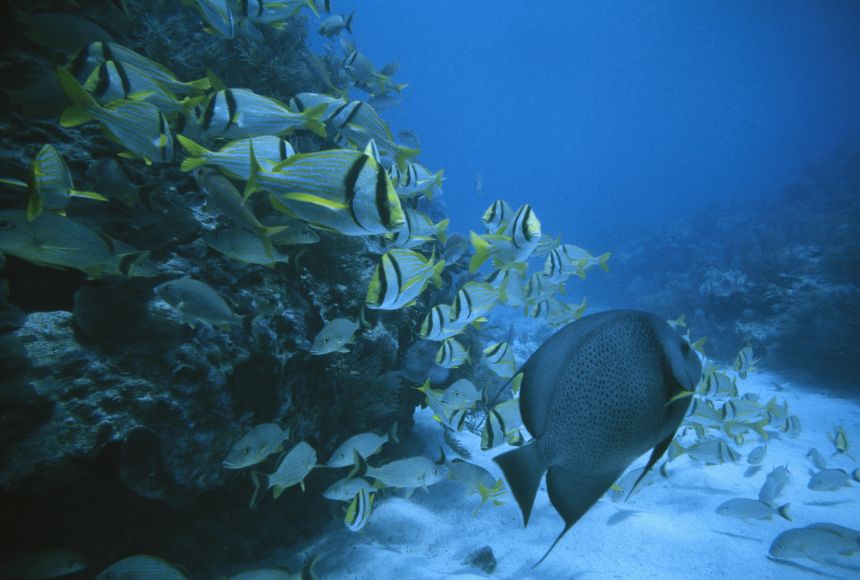
Types of Marine Ecosystems
The ocean"s vastness is matched only by the diversity of its ecosystems. Each plays a unique role in maintaining the marine environment"s balance and biodiversity. Here are some of the key types of marine ecosystems:
- Estuaries: Where freshwater rivers meet the ocean, creating nutrient-rich habitats with diverse plant and animal life.
- Salt Marshes: Coastal wetlands flooded and drained by salt water brought in by the tides, crucial for water purification and as wildlife habitats.
- Mangrove Forests: Tropical forests that thrive in salty coastal waters, known for their dense roots that provide shelter to marine life and protect coastlines from erosion.
- Coral Reefs: Often referred to as the "rainforests of the sea," coral reefs support a quarter of all marine species despite covering less than 1% of the ocean floor.
- Open Ocean: The vast, deep waters far from land, home to a wide range of life from tiny plankton to the largest whales.
- Deep Sea: The deepest parts of the ocean, characterized by high pressure, low temperatures, and unique life forms that can withstand extreme conditions.
- Kelp Forests: Underwater areas dominated by kelp, a type of seaweed that supports diverse marine species.
- Hydrothermal Vents: Found on the ocean floor, these are characterized by hot, mineral-rich water that supports unique ecosystems.
Understanding these ecosystems is crucial for conservation efforts and for maintaining the health of the planet"s largest habitat.
Marine Biodiversity: Flora and Fauna
The ocean is a vast repository of biodiversity, hosting an incredible variety of life forms. From the microscopic phytoplankton to the majestic blue whale, marine ecosystems are teeming with flora and fauna that are essential for the health of our planet. Here are some highlights of marine biodiversity:
- Phytoplankton: These tiny plant-like organisms are the base of the oceanic food chain and produce a significant portion of the Earth"s oxygen.
- Coral Reefs: Often called the rainforests of the sea, coral reefs provide habitat for about 25% of all marine species, including fish, sponges, and mollusks.
- Seagrasses: Found in shallow waters, these plants are important for carbon sequestration and as nursery areas for marine life.
- Mangroves: These coastal ecosystems are crucial for protecting shorelines and supporting a diverse range of species.
- Marine Mammals: Whales, dolphins, and seals play significant roles in marine ecosystems, from maintaining healthy fish populations to influencing the ocean"s carbon cycle.
- Fish: Thousands of species of fish inhabit the ocean, from tiny reef fish to large predators like sharks and tunas.
- Invertebrates: A wide range of invertebrates, including octopuses, starfish, and crabs, contribute to the complexity of marine ecosystems.
- Deep-Sea Creatures: The deep ocean is home to some of the most unusual life forms on Earth, many of which have adapted to extreme conditions.
This rich tapestry of life not only supports the functioning of marine ecosystems but also provides vital services to humans, including food, medicine, and climate regulation.
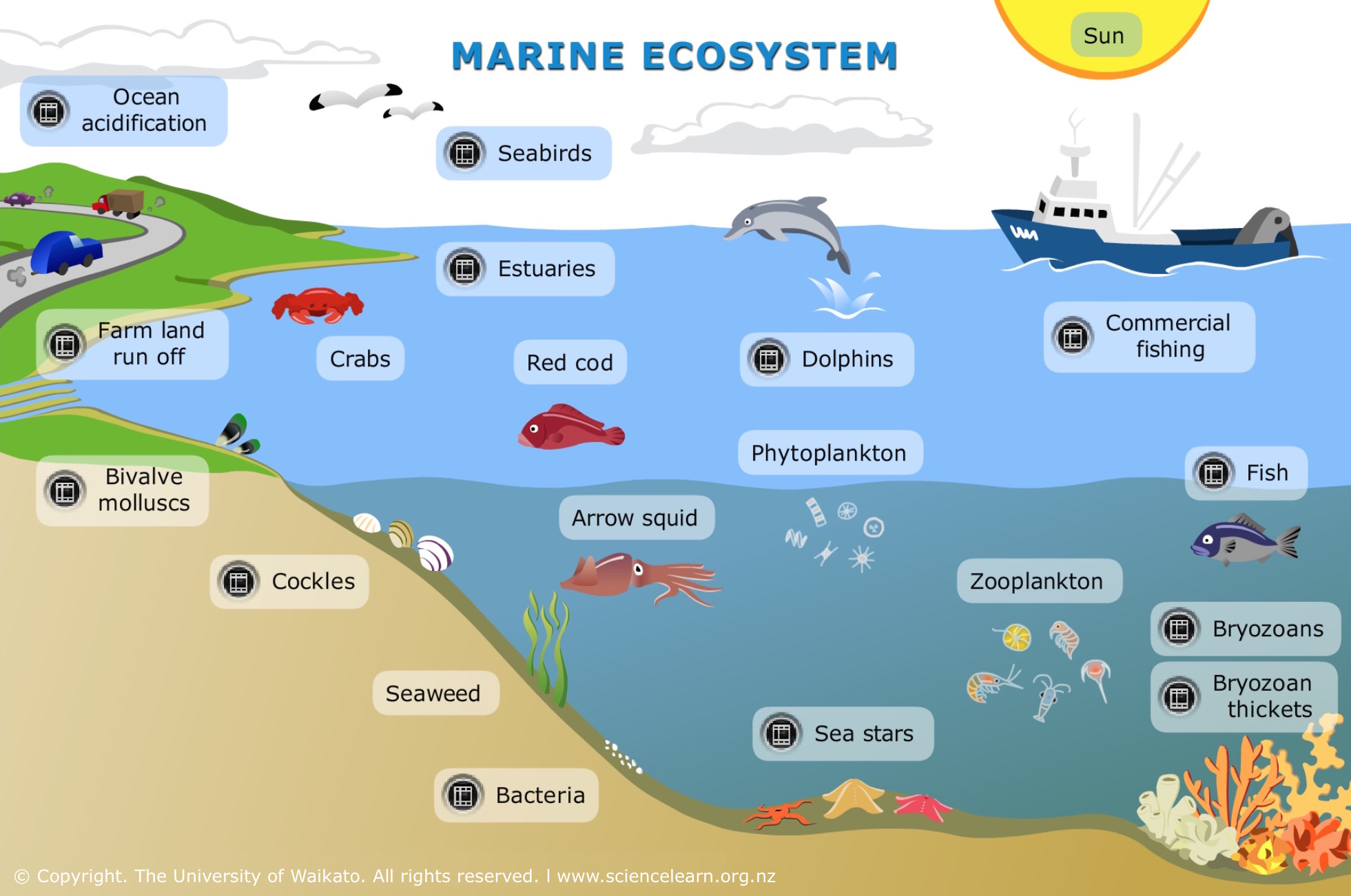
Food Chains and Food Webs in Ocean Ecosystems
The ocean"s food chains and webs are complex systems that illustrate the flow of energy and nutrients through marine ecosystems. These interconnected networks are crucial for the survival of marine species and the health of the ocean. Here"s a closer look at these vital structures:
- Phytoplankton: The foundation of most oceanic food webs, these microscopic plants use sunlight to produce energy through photosynthesis, serving as the primary food source for many marine organisms.
- Zooplankton: Small and often microscopic animals that feed on phytoplankton. They are a crucial link in the food chain, transferring energy to larger marine animals.
- Small Fish and Invertebrates: These creatures feed on zooplankton and form a significant part of the diet of larger predators, illustrating the next step in the oceanic food chain.
- Large Fish and Marine Mammals: Top predators in the ocean, including sharks, whales, and large fish species, rely on smaller fish and invertebrates for food, showcasing the top tier of marine food webs.
- Decomposers: Organisms like bacteria and fungi that break down dead material and waste, recycling nutrients back into the ecosystem, are essential for maintaining the balance of marine ecosystems.
Food webs demonstrate the complexity of marine ecosystems, where organisms are often part of multiple food chains, highlighting the intricate balance and interdependence of life under the sea.
Human Impacts on Ocean Ecosystems
Human activities have significantly affected ocean ecosystems worldwide, leading to changes that threaten marine biodiversity, alter habitats, and disrupt the balance of life in our oceans. Here are some of the key impacts:
- Overfishing: Intense fishing practices have led to the depletion of many fish stocks, threatening food chains and marine biodiversity.
- Pollution: Plastics, chemicals, and other pollutants from land-based sources end up in the ocean, harming marine life and contaminating food webs.
- Habitat Destruction: Coastal development, dredging, and bottom trawling have destroyed crucial habitats like coral reefs, mangroves, and seagrass beds.
- Climate Change: Rising sea temperatures and ocean acidification affect marine organisms" survival, coral bleaching, and shifts in species distribution.
- Invasive Species: Human activities have introduced non-native species to new areas, disrupting local ecosystems and competing with native species.
- Oil Spills: Large-scale oil spills and routine shipping operations release harmful substances into the ocean, affecting marine life and water quality.
- Noise Pollution: Increased noise from shipping, drilling, and other marine activities disrupts the behavior and communication of marine species, such as whales and dolphins.
Addressing these impacts requires global cooperation and sustainable practices to ensure the health and resilience of ocean ecosystems for future generations.
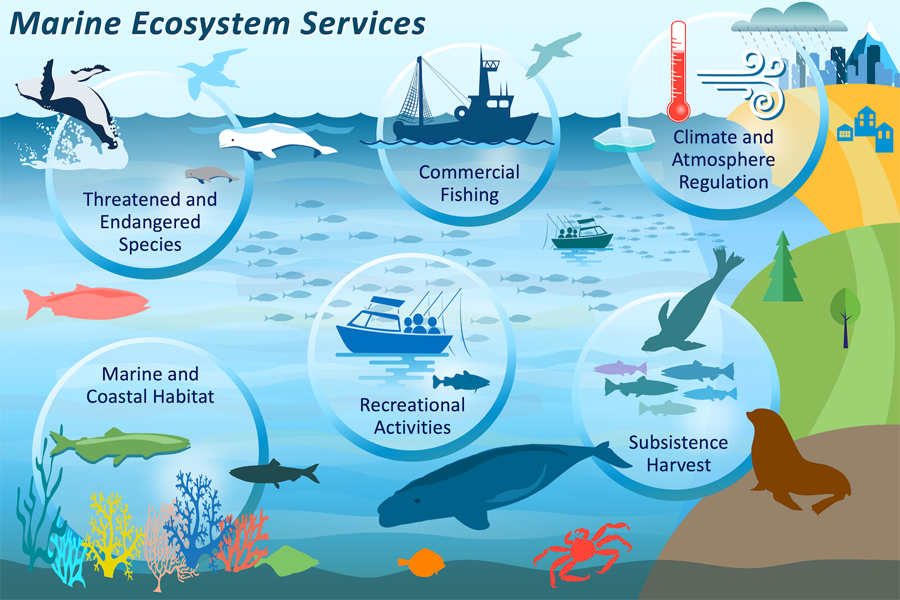
Conservation Efforts for Ocean Health
Conservation efforts are vital to protect and restore the health of our ocean ecosystems. These initiatives range from local to global actions, involving governments, NGOs, communities, and individuals. Here"s an overview of key conservation efforts:
- Marine Protected Areas (MPAs): Establishing MPAs to safeguard critical habitats, preserve biodiversity, and help rebuild fish stocks.
- Plastic Pollution Reduction: Campaigns and policies aimed at reducing plastic waste, which poses a significant threat to marine life through ingestion and entanglement.
- Sustainable Fishing Practices: Implementing and enforcing sustainable fishing quotas and methods to prevent overfishing and protect marine species.
- Coastal Restoration Projects: Restoring mangroves, coral reefs, and seagrasses that serve as vital habitats and natural barriers against storm surges and erosion.
- Climate Change Mitigation: Reducing greenhouse gas emissions and enhancing ocean resilience to climate change through conservation and restoration efforts.
- Public Awareness and Education: Raising awareness about the importance of oceans and the impact of human activities, fostering a culture of conservation.
- International Cooperation: Collaborating on a global scale to address transboundary issues, share knowledge, and mobilize resources for ocean conservation.
- Research and Monitoring: Supporting scientific research to improve understanding of ocean ecosystems and the effects of human activities, informing better management and conservation strategies.
These efforts underscore the importance of collective action in safeguarding ocean health for future generations, balancing human needs with the preservation of the planet"s largest and most diverse ecosystems.
Ocean Ecosystems | Aquatic Ecosystems | Exploring Oceans Teaching Oasis
Join us on a thrilling exploration as we dive deep into the unknown, uncovering secrets and unlocking the wonders of the world around us. Get ready to embark on an adventure like no other!
Marine Ecosystem | Biology Animation
Delve into the captivating world of biology, where the mysteries of life unfold in breathtaking detail. From the tiniest microorganisms to the largest ecosystems, this video will leave you in awe of the incredible diversity of our planet.
Climate Change Effects on Oceanic Ecosystems
Climate change poses significant challenges to oceanic ecosystems, impacting marine life and the services these ecosystems provide to humanity. Here"s how climate change is affecting our oceans:
- Warming Waters: Rising ocean temperatures affect marine species" breeding, feeding, and migration patterns, leading to shifts in species distributions and altering food webs.
- Ocean Acidification: Increased CO2 levels lower ocean pH levels, affecting calcifying organisms such as corals, shellfish, and plankton, crucial for marine food webs.
- Sea Level Rise: Melting polar ice caps and glaciers contribute to higher sea levels, threatening coastal habitats, human settlements, and causing loss of biodiversity.
- Deoxygenation: Warmer waters hold less oxygen, leading to "dead zones" where marine life cannot survive, impacting fish stocks and ecosystem health.
- Ice Melt and Polar Ecosystem Changes: The loss of sea ice in polar regions disrupts habitats for species such as seals, polar bears, and penguins and affects global climate regulation.
- Extreme Weather Events: Increased frequency and intensity of storms and hurricanes due to warmer sea surface temperatures can damage coral reefs and coastal ecosystems.
- Changes in Currents: Alterations in ocean currents impact nutrient distribution, affecting productivity and species distribution across different marine ecosystems.
These changes underscore the urgent need for global efforts to mitigate climate change impacts and protect our vital oceanic ecosystems for future generations.

Technological Advancements in Ocean Exploration
Recent technological advancements have revolutionized ocean exploration, enabling scientists to delve deeper into the mysteries of the ocean than ever before. Here are some of the most significant technologies shaping our understanding of the ocean:
- Remote Operated Vehicles (ROVs) and Autonomous Underwater Vehicles (AUVs): These unmanned vehicles can explore depths unreachable by humans, collecting data and images of the ocean floor.
- Satellite Imaging: Provides comprehensive data on ocean surface temperature, sea level rise, and the health of phytoplankton populations that form the base of the ocean"s food chain.
- Advanced Sonar Systems: Offer detailed maps of the ocean floor, revealing underwater mountains, trenches, and shipwrecks.
- Submersibles: Manned vehicles that allow direct exploration of deep-sea environments, studying marine life and geological formations.
- eDNA Analysis: Enables scientists to detect and catalog marine species by analyzing water samples for genetic material left behind.
- Underwater Drones: Similar to ROVs, these drones offer a more accessible option for capturing high-quality video and conducting scientific research.
- High-Pressure Experimentation Chambers: Mimic the extreme conditions of the deep sea, allowing scientists to study the behavior of deep-sea organisms in a controlled environment.
- Acoustic Monitoring: Records sounds within the ocean to study marine life, track animal movements, and monitor human impacts on marine environments.
These technologies not only expand our knowledge of the ocean but also play a crucial role in conservation efforts, helping to protect marine biodiversity and ecosystems.
Economic Significance of Oceans
The oceans play a crucial role in the global economy, supporting a wide range of industries, providing essential resources, and facilitating international trade. Here"s an overview of the economic significance of our oceans:
- Global Trade: Over 90% of the world"s trade is carried by sea, highlighting the importance of shipping routes and maritime logistics.
- Fishing Industry: Millions of people worldwide rely on fishing for their livelihoods, with the industry providing a significant source of food and employment.
- Tourism and Recreation: Coastal and marine tourism attract millions of visitors each year, contributing to local economies and promoting cultural exchange.
- Energy Resources: The ocean is a source of renewable energy (wind, wave, and tidal) and non-renewable resources (oil and gas), playing a vital role in meeting global energy demands.
- Marine Biotechnology: Marine organisms are used in pharmaceuticals, nutritional supplements, and cosmetics, driving innovation and economic growth.
- Mineral Resources: The seabed contains valuable minerals and metals, critical for various industries, including electronics and construction.
- Climate Regulation: Healthy oceans contribute to climate stability, supporting sectors like agriculture and insurance by mitigating climate change impacts.
- Scientific Research: Exploration and research of oceanic ecosystems contribute to our understanding of the planet, informing sustainable management practices.
Protecting ocean health is not only an environmental or ecological imperative but also an economic necessity, underscoring the need for sustainable maritime practices and policies.
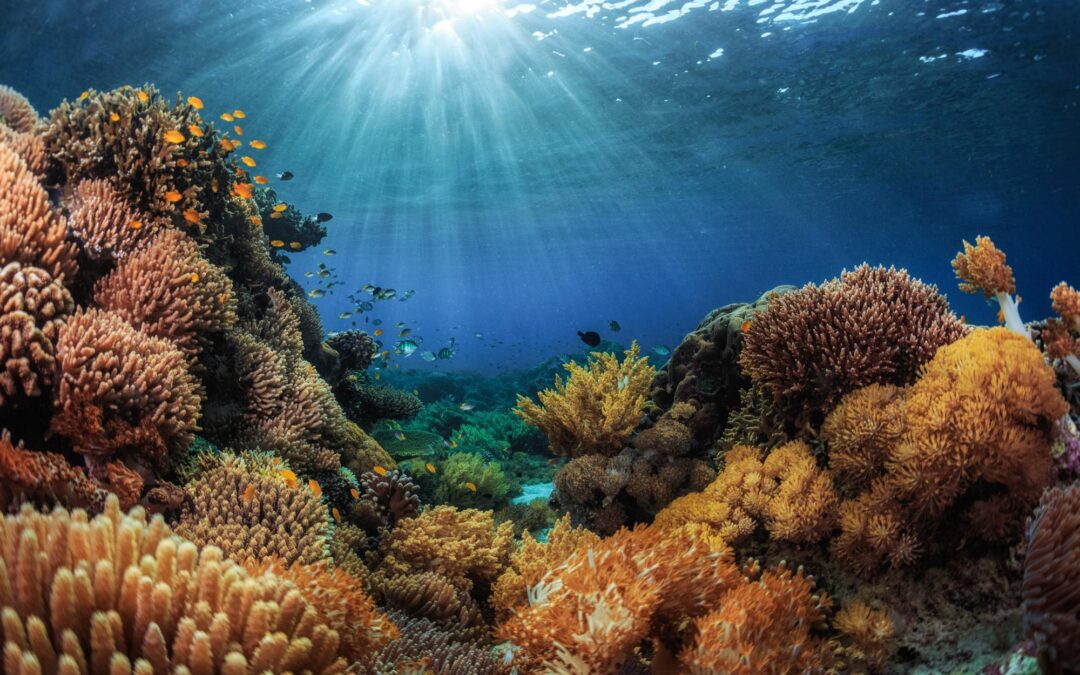
READ MORE:
Educational Resources and Further Reading
Understanding ocean ecosystems is crucial for their conservation and the promotion of a sustainable future. Here are educational resources and further reading materials to deepen knowledge and inspire action:
- National Geographic Society: Offers a wide range of materials on marine ecosystems for educators and students, focusing on biology, ecology, and conservation.
- Smithsonian Ocean: Provides activities, lessons, and resources to bring ocean science to life, with teacher-tested materials for classroom use.
- NOAA"s Office of Education: Features a searchable database of educational resources covering a variety of ocean-related topics, including science activities for kids.
- Teach Ocean Science: Offers resources for teaching about ocean life and ecosystems, including lesson plans and scientific concepts.
- World Ocean Observatory: Provides a curriculum catalogue with lessons and resources to help educators and students learn about the ocean and marine careers.
- Schmidt Ocean Institute: Lists favorite lessons and resources for learning about the ocean, including a deep-ocean coloring book and articles on ocean exploration.
These resources are designed to engage learners of all ages in ocean science, fostering a greater appreciation for marine ecosystems and the importance of their preservation.
Exploring ocean ecosystems reveals a world of unparalleled beauty and complexity. By understanding and protecting these vital habitats, we can ensure a healthy planet for future generations to cherish and explore.
:max_bytes(150000):strip_icc()/497408077-56af61ff3df78cf772c3c309.jpg)





:max_bytes(150000):strip_icc()/tundra-58bf1be55f9b58af5cc29755.jpg)
:max_bytes(150000):strip_icc()/GettyImages-901482062-6470b1099c6a47a881f9a22d7bca0d0a.jpg)
